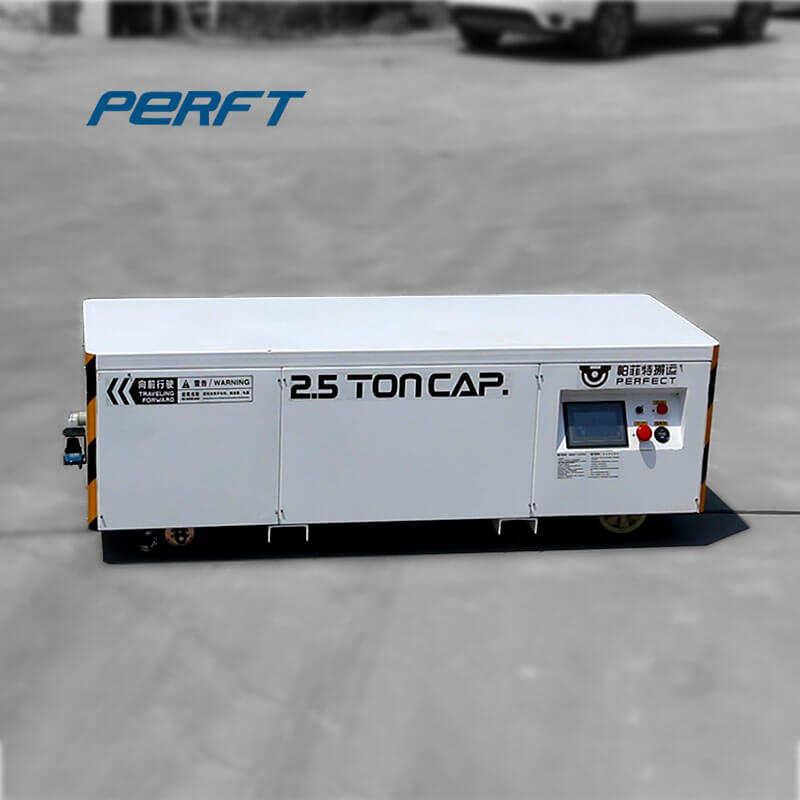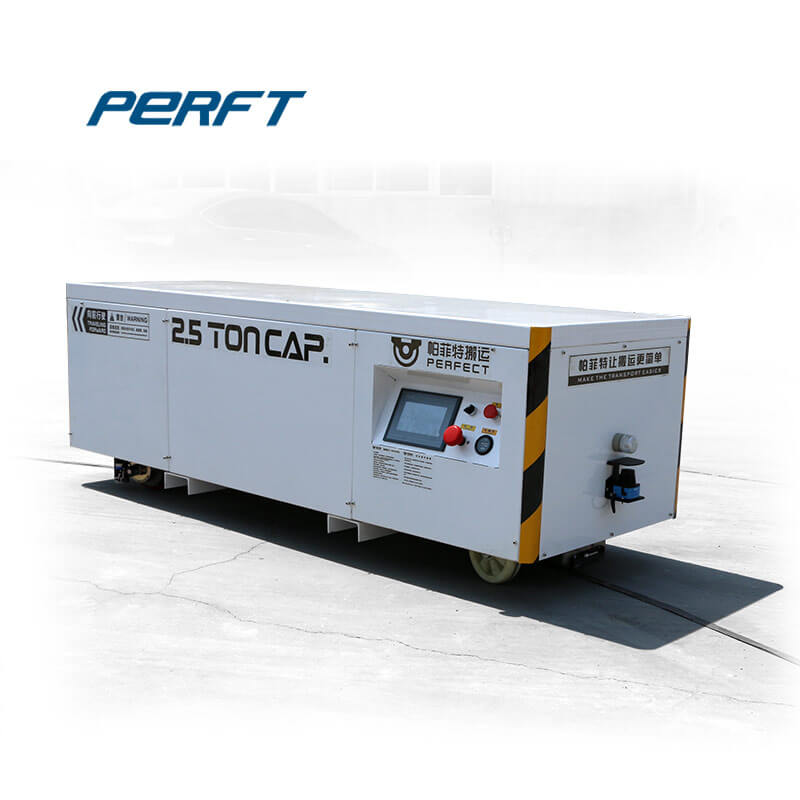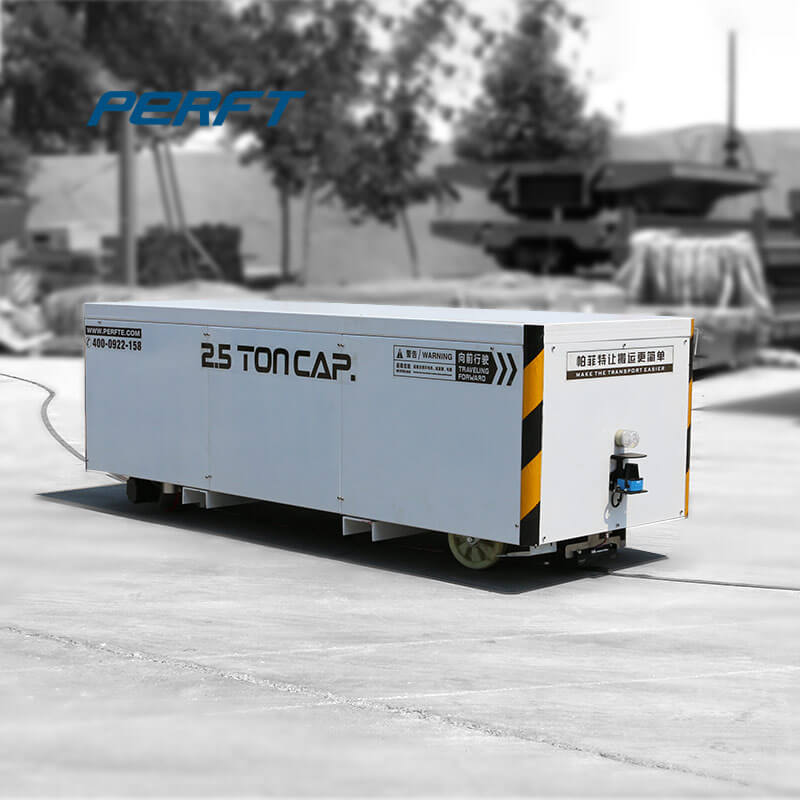


Page 5 of 32 T H E H I S T O R Y A N D G R O W T H O F C H L O R I N E The earliest annals of chemistry mention chlorine compounds. In 77 A.D., Pliny the Elder published one of the first practical collections of chemical reactions. His formula for
Liquid Phase Vapor pressure (21 C) 8.88 bar Liquid density (1atm @ boiling point) 682 kg/m3 Boiling point (@ 1.0 atm) -33.5 C Liquid/gas equivalent (1 atm and 15 C) 947 vol/vol Latent heat of vaporization (1 atm @ boiling point) 1371.2 kJ/kg
Unit load design involves determining the: 1. Type, size, weight, and configuration of the load 2. Equipment and methodCustom to handle the load 3. Methods of forming (or building) and breaking down the load. Selecting unit load size for in-process handling: • Unit
Mech302-HEAT TRANSFER HOMEWORK-10 Solutions 4. (Problem 10.52 in the Book) A vertical plate 2.5 m high, maintained at a uniform temperature of 54oC, is
ability to carry 74 tons when the weight of the car is taken into consideration. Trains would consist of an average of 60 cars and hence, have a carrying capacity of 4,440 tons. A modern railcar has a gross capacity of 286,000 lbs or 125.5 tons moving in trains
Millions of Metric Tons of Steel Rail Available 1.5 meter long sticks Contact for video and details Price: $200 per MT Location: Middle East Trucks FST27264
Chapter2 1 1. General 1.1 Scope This Design Recommendation is applied to the structural design of water storage tanks, silos, spherical storage tanks (pressure vessels), flat-bottomed, cylindrical above-ground storage tanks and under-ground storage tanks.
Recycled steel (also called scrap steel) is one of the industry’s most important raw materials. It comes from demolished structures and end of life vehicles and machinery as well as from the yield losses in the steelmaking process. Every steel plant is also a recycling plant, and all steel production uses scrap, up to 100% in the electric arc
12.5.1 Steel Minimills 12.5.1.1 General The U.S. steel industry produced about 106 million tons of raw steel in 2006, and approximately 93 "minimills" that recycle ferrous scrap metal Perfectunted for 57 percent of the total U.S. steel production. The production of
10 kg to tons = 0.01102 tons. 50 kg to tons = 0.05512 tons. 100 kg to tons = 0.11023 tons. 200 kg to tons = 0.22046 tons. 500 kg to tons = 0.55116 tons. 1000 kg to tons = 1.10231 tons. ››. Want other units? You can do the reverse unit conversion from tons to kg, or enter any two units below:
In most cooling systems, this is in the range of 10-200 degrees F. The heat flux is generally low and in the range of 5,000 to 15,000 Btu/ft 2 /hr. For exceptional cases such as the indirect cooling of molten metal, the heat flux can be as high as 3,000,000 Btu/ft 2 /hr. The transfer of heat from process fluids or equipment results in a rise in
If you're in the US, divide 2295 by 2000 (there are 2000lb in a US ton). If you're in the UK, divide by 2200 (there are 2204.62 lb in a metric tonne) You now have your answer in tons per cubic yard (1.15 US tons or 1.04 metric tonnes) If you have any problems using this cubic yards to tons
Butyl Acrylate 5 to 20 Polyvinyl Acrylic 12.5 Polyvinyl Acrylic 100 Styrene Acrylic 12.5 Styrene 50 Butyl Acrylate 50 Virgin latex paint is assumed to be sold in one-gal steel cans, which are Perfect Steerable Transfer Cartluded in the model. Steel data comes from life cycle
070-12 ATV, 4X4 070-20 MOTOR SCOOTERS AND TRUCKSTERS, ELECTRIC POWERED 070-22 OFF-ROAD VEHICLES (TRACKED OR WHEELED) 070-48 TRUCKS (ONE TON AND LESS CAPACITY) 070-51 TRUCKS (OVER ONE TON CAPACITY) 070-53
263,000 lbs GRL = 131.5 tons 286,000 lbs GRL = 143.0 tons “100 ton” or 263K “110 - ton” or 286K Empty: ca. 60,000 lbs = 30 tons each (but varies with size of car)